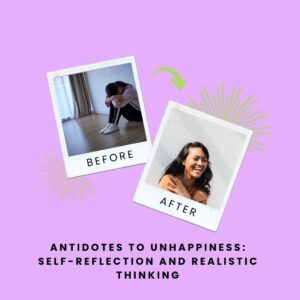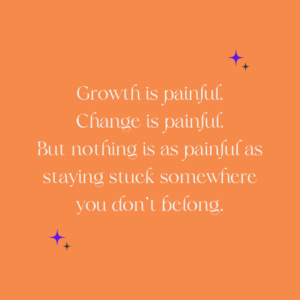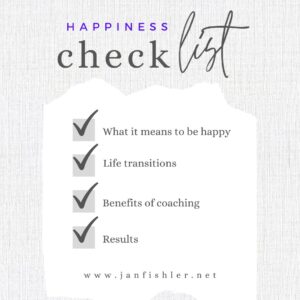 Self-Reflection and Realistic Thinking are two antidotes to unhappiness.
Self-Reflection and Realistic Thinking are two antidotes to unhappiness.
There are many reasons why you aren’t happy. Unrealistic expectations and seeking happiness outside of yourself are two significant ones. If you’re honest, you know you’re guilty of one or the other, or both.
Where does happiness come from?
True happiness comes from within. It’s knowing that you can make yourself happy, regardless of what’s going on around you — even when the drama or chaos of others surrounds you. It’s the knowledge that you don’t have to get involved. Instead, you can always be empathetic while maintaining clear boundaries. If necessary, you can even avoid people who drain your energy, cause you stress, or make you feel uncomfortable. It’s choosing to be around people not because you need them, but because you enjoy their company. Why? Because they encourage you to be your best self and brighten your day. Most of all, it’s valuing your time and using it in ways that help you evolve and grow.
Why is Happiness Important? If you’ve read my other blogs, you already know the answer, but if not, research confirms that happiness is important because it positively impacts nearly every area of your life. This includes your physical and mental well-being, your relationships, and your productivity. Being happy also strengthens your immune system, improves heart health, increases longevity, and reduces stress. Additionally, happiness fosters resilience, making it easier to cope with challenges and setbacks. If you’re not satisfied, you may want to take action.
What can you do to develop better habits?
Jan Fishler is a certified happiness coach and author. Her most recent books are Don’t Stop Now: Making the Most of the Rest of Your Life and 52 Ways to Be Happy: from the inside out. You can learn more at www.JanFishler.net.




